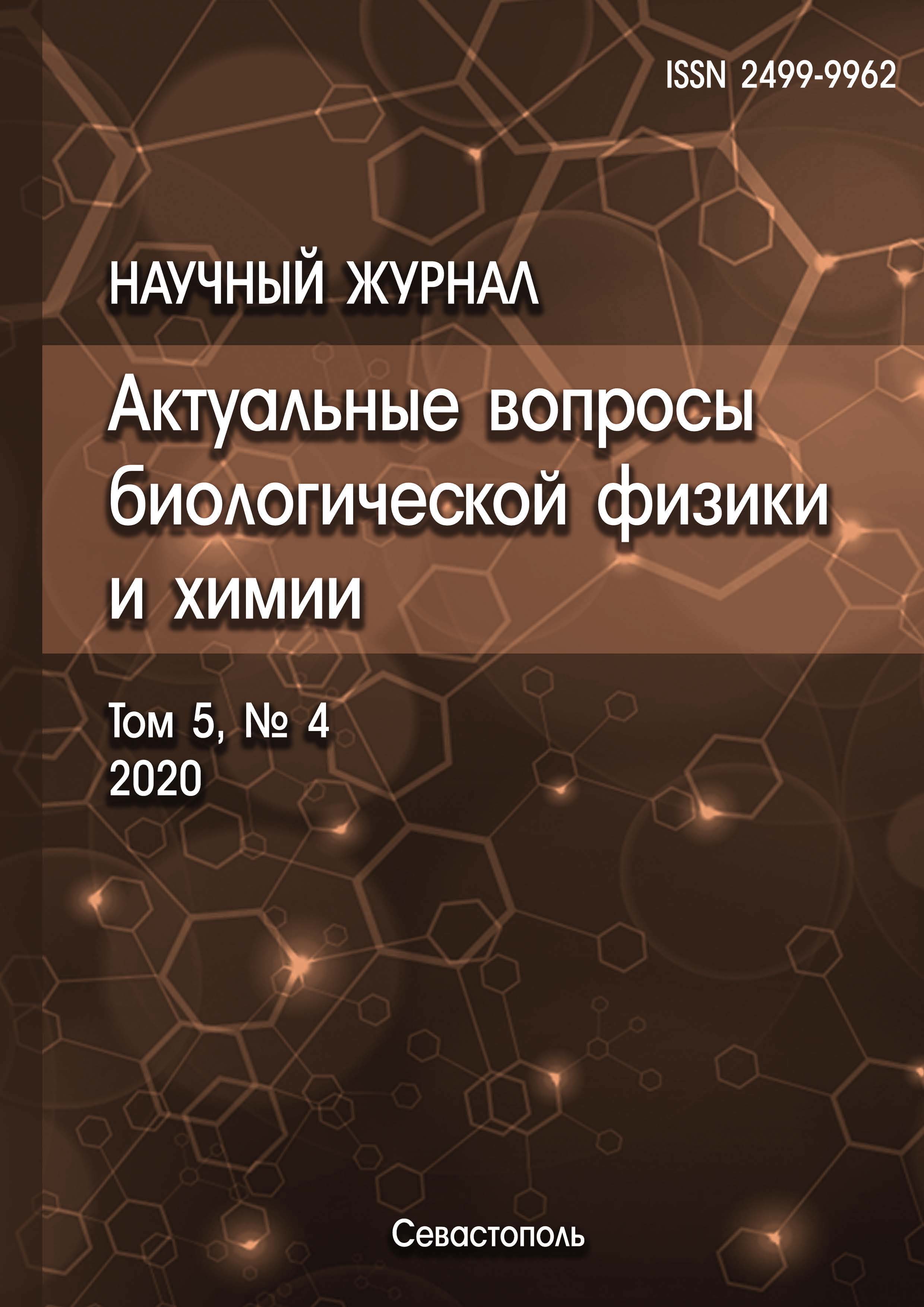Bismuth-based materials have been extensively studied due to their possible applications in various areas, especially used as promising photocatalysts for the removal of persistent organic pollutants (COP). Advanced oxidation processes that employ highly oxidizing hydroxyl radicals serve for development in wastewater decontamination processes, in air purification, and in the production of clean energy through the separation of water into H2 and O2. Furthermore, among the various advanced oxidation processes, heterogeneous photocatalysis is the most promising approach that has been significantly investigated in the last two decades due to its potential to completely remove organic compounds. Mechanism of photocatalysis using semiconductors is documented in the literature and a great deal of research has been carried out on the design and development of various photocatalysts. For instance, bismuth oxyhalides (BiOX, X = F, Cl, Br, I) are a new class of two-dimensional materials that have attracted extensive interest owing to their tetragonal PbFCl− - type layered crystal structure with [Bi2O2] 2+ slabs interleaved by double slabs of halogen ions that produces an internal static electric field perpendicular to each layer [1-3]. The self-generated internal electric field produced in bismuth oxyhalides is favorable for the transport of electrons and photoinduced holes within the crystal, resulting in increased photocatalytic activity due to the greater separation of photogenerated charge carriers. There are various bismuth oxyhalides, such as BiOBr, which have attracted great attention due to its high stability, good electrical conductivity and relatively superior photocatalytic activity under visible light. On the other hand, the formation of spatio-temporal patterns has been analyzed using various types of mathematical models from nonlinear chemistry [8]. From the biological point of view, the patterns formed by the numerical solutions of these models can be classified into two categories: chemical patterns and patterns of cell movement. In the category of chemical standards there are two types of models: gradient models and reaction-diffusion models [5, 6]. Reactiondiffusion models describe the chemical interactions that generate complex patterns in space and / or time, due to the presence of transport, synthesis and degradation terms that depend on all the chemical substances present in the analysis domain. Moreover, cell movement models analyze the formation of spatial patterns due to changes in cell density, by aggregation or repulsion between cells, or by response to specific chemical substances. In 1952 A. Turing was the first to observe and attribute to chemical interactions between substances the self-formation of patterns in nature [9] and studied the solutions of biological models described by reaction-diffusion equations. In them he found that there can be three types of instabilities: a) oscillatory in time and uniform in space, related to Hopf instabilities independent of space [4], b) stationary in time and periodic in space [5, 9], and c) oscillatory in space and time [8, 7]. Turing further demonstrated that a chemical reaction-diffusion system can evolve into heterogeneous spatial patterns from a uniform steady state in response to small perturbations. Accordingly, he established that diffusion can lead to chemical instability, thus inducing the formation of a spatial pattern where it did not previously exist. This type of instability, stationary in time, is better known as Turing instability. In this research work, a reaction mechanism for ox-redox kinetics is proposed by interacting a hypothetical semiconductor with electromagnetic radiation in the ultraviolet. Subsequently, using the reaction mechanism obtained from nonlinear chemistry, a diffusion reaction system is deduced that presents Turing and Turing-Bogdanov-Takens instability. Using the numerical method of functional difference implemented in python and its libraries [10], a threedimensional (3D) computational simulation is obtained from the numerical solution of the spatio-temporal kinetic of oxredox carry out during the air remediation.
computational simulatio, photocatalysis, bismuth oxyalurer
1. Montoya Maria. Síntesis de oxihaluros de bismuto BiOX (x= Cl, Br, I) para su aplicación como fotocatalizadores en la purificación de aire por eliminación de gases tipo NOx. Tesis de Doctorado, Universidad Autónoma de Nuevo León, 2017.
2. Shenoy Sridharan. Bismuth oxybromide nanoplates embedded on activated charcoal as effective visible light driven photocatalyst. 2020. DOI:https://doi.org/10.1016/j.cplett.2020.137435.
3. Bac1ha A.U.R., Nabi I., Fu Zh., Li K., Cheng H. A comparative study of bismuth-based photocatalysts with titanium dioxide for perfluorooctanoic acid degradation, 2019. DOI:https://doi.org/10.1016/j.cclet.2019.07.058.
4. Pouya Bastani. Pattern Formation in the Gray-Scott Model. Department of. Mathematics - Simon Fraser University, 2012.
5. Vanegas, Landinez, Garzón. Analysis of Turing instability in biological Models. Dynamics, Universidad Nacional de Colombia, 2018, vol. 76, no. 158, pp. 123-134.
6. Kishore Dutta. Reaction-diffusion Dynamics and Biological Pattern Formation. Department of Physics, Handique Girls’ College, Guwahati, India, 2017.
7. Mazin W., Rasmussen K.E., Mosekilde E., Borckmans P., Dewel G. Pattern formation in the bistable Gray-Scott model. Physics Department, The Technical University of Denmark, DK- 2800 Lyngby, Denmark, Service de Chimie-Physique, Universitb Libre de Bruxelles, 1050 Brussels, Belgium, 1996.
8. Sagués F., Epstein I.R. Nonlinear chemical dynamics. Dalton transactions, 2003, no. 7, pp. 1201-1217. DOI: https://doi.org/10.1039/b210932h; EDN: https://elibrary.ru/LRMUOP
9. Turing A.M. The chemical basis of morphogenesis. Bulletin of mathematical biology, 1990, vol. 52 (1-2), pp. 153-197. DOI: https://doi.org/10.1007/bf02459572; EDN: https://elibrary.ru/OBFYNP
10. Landau R.H., Pï M.J., Bordeianu C.C.Computational physics: Problem solving with Python. John Wiley & Sons, 2015.
11. Ramachandran P., Varoquaux G. Mayavi: 3D visualization of scientific data.Computing in Science & Engineering, 2011, vol. 13 (2), pp. 40-51.










